This blog is a layout of my research on the History of Superheroes of Color.
Don't wanna be here? Send us removal request.
Text
Works Cited for Blog Posts 16-20
Works Cited
Bendis, Brian Michael, et al. “Miles Morales: the Ultimate Spider-Man: Ultimate Collection.” Amazon, Marvel Worldwide Inc., 2015, www.amazon.com/Miles-Morales-Ultimate-Spider-Man-Collection/dp/0785197788.
“Black Lightning on The CW: Cancelled or Season 4? (Release Date).” Canceled + Renewed TV Shows - TV Series Finale, 11 Mar. 2020, tvseriesfinale.com/tv-show/black-lightning-on-the-cw-cancelled-or-season-four-renewal/.
Brooks, Mike. “Adventures of Captain Marvel (1941) – Review: Mana Pop.” Manpop, 8 May 2019, manapop.com/film/adventures-of-captain-marvel-1941-review/.
Carlson-Ghost, Mark. “Black Superheroes: A Brief History and Timeline - Mark Carlson.” Ghost, 20 Feb. 2018, www.markcarlson-ghost.com/index.php/2017/07/30/black-superheroes-history-timeline/.
Coogler, Ryan, and Joe Robert Cole. “Black Panther (Movie, 2018): Official Trailer, Cast, Plot, Release Date, Characters.” Marvel Entertainment, 16 Feb. 2018, www.marvel.com/movies/black-panther.
Copeland, Corey. “Black On Purpose:The Significance Of Black Superheroes.” The Source, 26 Jan. 2018, thesource.com/2018/01/26/imagerythe-significance-of-black-superheroes/.
Duncan.Akeem, Akeem K., and Spencer Welch II. “5 Black Superhero Movies That Came Before Black Panther. |.” Quiet Lunch., 12 June 2018, www.quietlunch.com/5-black-superhero-movies-that-came-before-black-panther/.
Johnson. “Black Panther Is a Gorgeous, Groundbreaking Celebration of Black Culture.” Vox, Vox, 23 Feb. 2018, www.vox.com/culture/2018/2/23/17028826/black-panther-wakanda-culture-marvel.
“Mandrake the Magician.” IMDb, IMDb.com, www.imdb.com/title/tt0046619/.
Mattsinger. “The Complete History of Comic-Book Movies, Chapter 7: 'Superman' (1948).” ScreenCrush, 10 Mar. 2015, screencrush.com/history-of-comic-book-movies-superman-serial/.
“Nick Fury (Ultimate Marvel Character).” Wikipedia, Wikimedia Foundation, 27 Apr. 2020, en.wikipedia.org/wiki/Nick_Fury_(Ultimate_Marvel_character).
Raphael, ByRudly. “The Evolution and Impact of the Black Superhero.” EBONY, 13 Sept. 2019, www.ebony.com/exclusive/the-evolution-and-impact-of-the-black-superhero/.
Said, et al. “Black Superheroes.” WorldofBlackHeroes, worldofblackheroes.com/black-superheroes/.
Walsh, Ryan. “Black Panther: Not the First Black Superhero Film but the Most Impactful.” The Artifice, 4 Apr. 2018, the-artifice.com/black-superhero-films/.
White, Adam. “Marvel Fans in Uproar after Boss Says Diversity Is Killing Comic Sales.” The Telegraph, Telegraph Media Group, 4 Apr. 2017, www.telegraph.co.uk/books/news/marvel-boss-creates-uproar-saying-diversitys-killing-comic-sales/.
0 notes
Link
As an ending to this blog I thought what else better than to provide a super good informational video of the whole history of superheroes of color through both comic books’ portrayal of racist drawings and stereotypes, not to mention, no leading roles. To leading roles on the pages but nothing on screen. And ending off with the single highest grossing solo superhero movie. The tragic and rich history will never end as we are just living in it!
0 notes
Photo



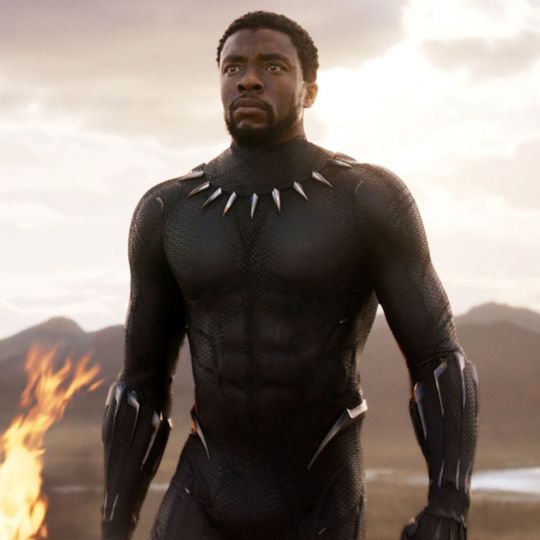

Picture 1 - First big superhero movie, Superman from 1941 (from Blog Post 18)
Picture 2 - Black Lightning TV Show (from Blog Post 18)
Picture 3 -Poster for Black Panther movie in 2018 (from Blog Post 18)
Picture 4 - T’Challa with his mask off in the Black Panther Movie (from Blog Post 18)
Picture 5 - First big superhero movie, Superman from 1941 (from Blog Post 20)
0 notes
Text
Blog Post 18
Continuing off of the Blog Post 16, what I mean is the surge in both television and movie roles based off of African-American superheroes who debuted on comic book pages. Almost immediately after superheroes comics rose to great heights, these stories were adapted into film series like Mandrake the Magician in 1939 and Adventures of Captain Marvel in 1941. Unlike the comics these shows didn’t have racist stereotypes but none of them were starring one of the famous black heroes and just let them play the supporting role. Even when black characters were on the rise and climbing the popularity ladder in comics, as well as, blockbuster movies and shows like Batman and Superman were starting to come out, no starring roles were given to African-Americans. One of the first and biggest black superheroes came in 2018 when DC’s hero Black Lightning starred in his own television series giving black heroes hope. Now when it came to movies, the first and biggest that comes to everyone's mind is Marvel's 2018 billion dollar movie Black Panther that brought the most popular black character in comic history to the big screen in a starring role. However, there were movies before like Blade, it is just that this movie is not nearly as popular or motivational for people as Black Panther is which is why that is crowned as the big African-American superhero movie. Nowadays, it is critical that everyone should have a comic book hero with whom they identify themselves with no matter what religion, ethnicity, or social background since it allows people to look up and relate with this perfect being.
0 notes
Photo



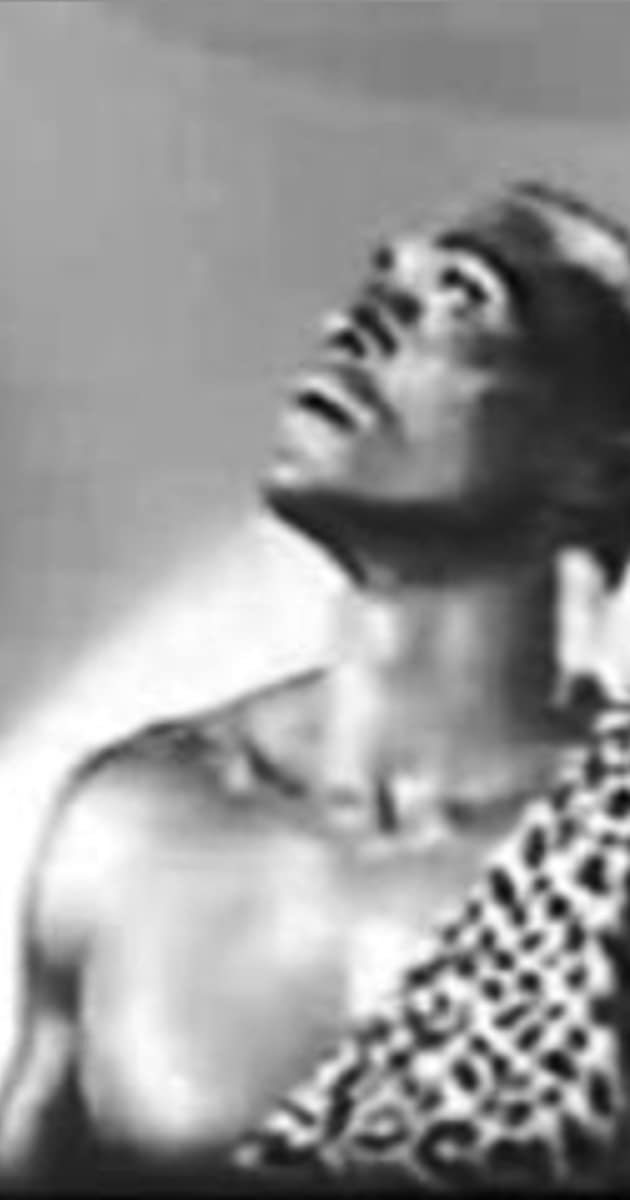
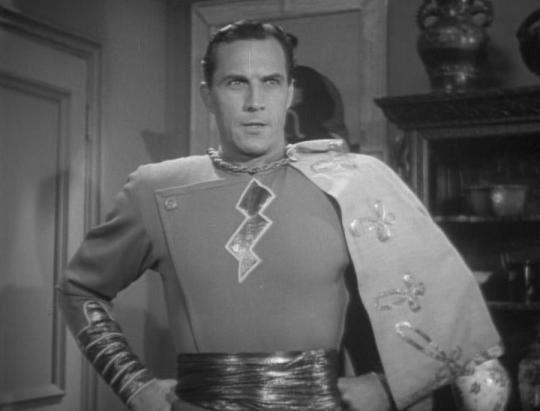
Picture 1 - Nick Fury in the comics (from Blog Post 16)
Picture 2 - Miles Morales as Spiderman in the comics (from Blog Post 16)
Picture 3 - Example of the more diverse comics with an established hero with a black female as Iron Man (from Blog Post 16)
Picture 4 - Mandrake the Magician TV Show (from Blog Post 18)
Picture 5 - Captain Marvel TV Show (from Blog Post 18)
0 notes
Text
Blog Post 16
Throughout the 1990’s and beginning of the new millennium black superheroes were still being introduced and some to known names like the eighties such as Nick Fury and Miles Morales as Spiderman. Unlike the eighties though, this has stirred up quite the controversy amongst comic book fans during this time period. On one hand, some of the avid comic book readers applaud the great effort put in at diversifying the heroes that are featured in comic books of the present day. While on the other side of the spectrum, some of these comic fans see it as a political correctness ploy and argue that if these companies truly want to make their comics more diverse in the hero category, they should try and introduce new heroes with certain races, sexual orientation, or backgrounds rather than slapping one of them on a known character. After some research on the subject I actually find myself on the side that this is okay and the right thing to do, solely based on the fact that new characters with new names are going to have a way harder time succeeding in today’s superhero market as this type of comic books have a solidified cast of heroes who will sell and generate their respective companies a lot of money with there popularity which leads to this problem. However, at the very least the present day has still brought a lot of growth for black superheroes just not in the comic book media but based off of these famous comic characters.
0 notes
Text
Citations for Blog Posts 11-15
Works Cited
“Amanda Waller.” DC Database, dc.fandom.com/wiki/Amanda_Waller.
“Black Hero Comics of the 1970s.” Houghton Library Blog, 10 Apr. 2015, blogs.harvard.edu/houghton/black-hero-comics-of-the-1970s/.
“Black Lightning.” Wikipedia, Wikimedia Foundation, 19 May 2020, en.wikipedia.org/wiki/Black_Lightning.
“Black Superheroes: A Brief History and Timeline - Mark Carlson.” Ghost, 20 Feb. 2018, www.markcarlson-ghost.com/index.php/2017/07/30/black-superheroes-history-timeline/.
Bumblebee, www.dcuniverse.com/encyclopedia/bumblebee/.
“CAPTAIN AMERICA SENTINEL OF LIBERTY #9 (1ST APP SAM WILSON AS CAPTAIN AMERICA) 1999.” Sanctum Sanctorum Comics & Oddities LLC, sanctumsanctorumcomics.com/products/captain-america-sentinel-of-liberty-9-1st-app-sam-wilson-as-captain-america-1999.
Ekko, and ekko. More From This Author. “INVINCIBLE IRON MAN #169-170 (1983).” Berkeley Place, 14 Mar. 2020, berkeleyplaceblog.com/2019/10/27/invincible-iron-man-169/.
Felder, James, et al. “Luke Cage, Iron Fist & the Heroes for Hire.” Amazon, Marvel Worldwide, Inc., 2016, www.amazon.com/Luke-Cage-Iron-Fist-Heroes/dp/1302902296.
“Giant-Size X-Men #1 First Appearance of Nightcrawler, Storm, Colossus, and Thunderbird.: Comic Book Covers, X Men, Comic Poster.” Pinterest, www.pinterest.com.au/pin/19281104625218596/.
“Herald (Character).” Comic Vine, comicvine.gamespot.com/herald/4005-35124/.
John Stewart, www.dcuniverse.com/encyclopedia/john-stewart/.
“Luke Cage: Character Close Up: Marvel Comic Reading Lists.” Character Close Up | Marvel Comic Reading Lists, www.marvel.com/comics/discover/433/luke-cage.
Mackay, Brad. “Hero Deficit: Comic Books in Decline.” Thestar.com, 18 Mar. 2007, www.thestar.com/news/insight/2007/03/18/hero_deficit_comic_books_in_decline.html.
Pennington, Latonya. “Black History Month: 15 Influential Black Superheroes.” CBR, CBR, 1 Feb. 2017, www.cbr.com/black-history-month-15-influential-black-superheroes/.
Variant Comics. “History of Luke Cage!” Youtube, 21 Sep. 2016, https://www.youtube.com/watch?v=h3QbnripFbM&t=125s.
1 note
·
View note
Text
Blog Post 15
In the late 70’s sales on superhero comics but boomed once again in the 1980’s with more mature subject matter and storytelling. With more and more comics selling this led to many new characters. In the middle of this upbringing, DC added the biggest superhero of color in the 80’s: Victor Stone, a former college athlete who'd had an accident at his scientist parents' lab, and had much of his body replaced by robots. Although he was better known as Cyborg. DC’s creative team of Marv Wolfman and George Perez followed Marvel and diversified their cast with this addition to the recently revived sidekick super team, Teen Titans for the series The New Teen Titans. Cyborg was so popular that he has even been included in some animation series and the live action movie The Justice League. Not to mention, that the 1980’s started a pattern that has been used again and again to this day by taking a superhero’s namesake who has already been popular amongst the comics community and apply them to a character of color. For example, this time period saw the introductions of characters like Black Iron Man, Amazing-Man, and Sam Wilson taking the title of Captain America in some iterations and series. But even more notable was the introduction of a black woman who was not only strong and ruthless, she was also not the atypical heroine body type. This was Amanda Waller who has been portrayed as a character with considerable moral ambiguity. Sometimes she’s been the outright villain in comics.
0 notes
Photo





Picture 1 - Luke Cage First Appearance (from Blog Post 13)
Picture 2 - Heroes for Hire with Luke Cage and Iron Fist (from Blog Post 13)
Picture 3 - Black Iron Man (from Blog Post 15)
Picture 1 - Sam Wilson First Appearance as Captain America (from Blog Post 15)
Picture 1 - Hero and Villain: Amanda Waller (from Blog Post 15)
0 notes
Link
Luke Cage is the first black superhero to star in his own comic series. Making his introduction in 1972, created by Archie Goodwin, John Romita Sr., and George Tuska. Imprisoned for a crime he didn’t commit, he's involuntarily subjected to a procedure that provides him bulletproof skin and super strength. Once he's freed, he teams up with Iron Fist, introducing the duo of Power Man and Iron Fist and becomes a hero for hire. As Power Man and part of the first Heroes For Hire team, he would work with not only Iron Fist, but also Misty Knight and Jessica Jones. He would also become a member of The Defenders and also the Mighty Avengers, yet because the Thunderbolts. In 2015, Luke Cage made his first onscreen appearance within the Marvel Cinematic Universe within the Netflix original series “Jessica Jones.” the subsequent year, he would star in his own Netflix spin-off series “Luke Cage”.
0 notes
Photo


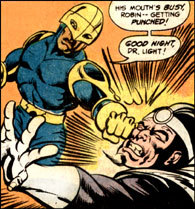
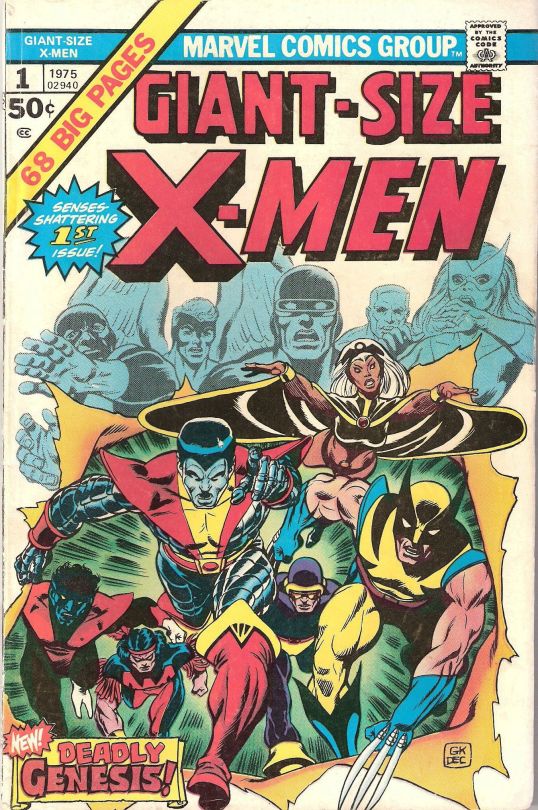

Picture 1 - John Stewart as Green Lantern (From Blog Post 11)
Picture 2 - Storm’s First Appearance (From Blog Post 11)
Picture 3 - Black Lightning’s First Appearance (From Blog Post 11)
Picture 4 - Mal Duncan as Guardian in Teen Titans (From Blog Post 11)
Picture 2 - The Bumblebee from Teen Titans (From Blog Post 11)
0 notes
Text
Blog Post 11
Although the sixties really quieted down with black superheroes after Black Panther, the 70’s was the first time in history we saw a regularity of these heroes making their way into comics especially within the two big superhero comic book distributors of DC and Marvel. For instance, in 1971 DC Comics introduced John Stewart to backup Hal Jordan as Green Lantern in Green Lantern #87 (June 1972). Later in that same year the next black hero starring in his or her own mainstream comic happened when Marvel Comics introduced arguably the second biggest superhero of color: Luke Cage. He debuted in his own title, Luke Cage, Hero for Hire. Cage saw his sidekick and supporting character, Bill Foster, become Black Goliath in April of 1975. Up above will be a video for more about Cage and his history. A month later in 1975, the world saw the debut of Marvel’s first major black female character, the superhero Storm, member of the X-Men, in Giant-Size X-Men #1. DC’s first black superhero that starred in his own series was Black Lightning who debuted in his self-titled series in April of 77'. Originally, Jefferson Pierce, he was an Olympic athlete who became an inner-city school teacher. Wearing a voltage generating belt and white mask, being one who showed a successful background to becoming a superhero, a great step in the right direction. The following years, the Teen Titans series added heroes of color like Guardian and Bumblebee. All of these characters being introduced in one decade truthfully showed that the United States has made so much progress in racism against black people especially when knowing none of these had racial stereotype features or backgrounds, and had a strong story with good morals.
0 notes
Text
Blog Post Citations 6-10
Works Cited
Baranowski, Jordan. “The Untold Truth of the Falcon.” Looper.com, Looper, 7 May 2019, www.looper.com/152238/the-untold-truth-of-the-falcon/.
Birth.Movies.Death. “Black Panther's Comic Book Origins | Video Essay.” Youtube, 27 Feb. 2018, https://www.youtube.com/watch?v=lTKzrv2pRcs
“Captain America (1968) #117: Comic Issues.” Marvel, www.marvel.com/comics/issue/7498/captain_america_1968_117.
Carlson-Ghost, Mark. “Black Superheroes: A Brief History and Timeline - Mark Carlson.” Ghost, 20 Feb. 2018, www.markcarlson-ghost.com/index.php/2017/07/30/black-superheroes-history-timeline/.
“Comics Code History: The Seal of Approval.” Comic Book Legal Defense Fund, cbldf.org/comics-code-history-the-seal-of-approval/.
Duy. “EC Comics' Judgment Day - Simultaneously Outdated and Still Relevant.” The Comics Cube!, 18 Sept. 2017, www.comicscube.com/2017/09/ec-comics-judgment-day-simultaneously.html.
From Mini-Komix. “Lobo: The First Black Comic Book Hero - Mini-Komix.” Mini-Komix | DriveThruRPG.com, www.drivethrurpg.com/product/296752/Lobo-The-First-Black-Comic-Book-Hero.
Fuller, John, and Kathryn Whitbourne. “How the Civil Rights Movement Worked.” HowStuffWorks, HowStuffWorks, 6 May 2008, history.howstuffworks.com/historical-events/civil-rights-movement.htm.
“Incredible Science Fiction.” Wikipedia, Wikimedia Foundation, 22 Jan. 2020, en.wikipedia.org/wiki/Incredible_Science_Fiction.
“Jack Kirby.” Wikipedia, Wikimedia Foundation, 22 Apr. 2020, en.wikipedia.org/wiki/Jack_Kirby.
Markstein, Donald D. “BROTHERS OF THE SPEAR.” Don Markstein's Toonopedia: Brothers of the Spear, www.toonopedia.com/brospear.htm.
Mattimore, Ryan. “The Real History Behind the Black Panther.” History.com, A&E Television Networks, 15 Feb. 2018, www.history.com/news/the-real-history-behind-the-black-panther.
Mattimore, Ryan. “The Real History Behind the Black Panther.” History.com, A&E Television Networks, 15 Feb. 2018, www.history.com/news/the-real-history-behind-the-black-panther.
Mycomicshop. “Brothers of the Spear (1972 Gold Key) 1 FN+ 6.5.” Comic Books: Buy, Sell, Trade, Consign, Collect, www.mycomicshop.com/search?TID=189821.
Narcisse, Evan. “Wakanda Was the Way Stan Lee Spoke to Me.” Polygon, Polygon, 16 Nov. 2018, www.polygon.com/comics/2018/11/16/18098440/stan-lee-black-panther-wakanda.
“Nice History Post: Complete Set of Dell's LOBO Comics Comics' FIRST African-American to Headline His Own Series.” COMICS WITH PROBLEMS #70: Complete Set of Dell's LOBO Comics, 2015, www.ep.tc/problems/70/.
“Stan Lee and Jack Kirby: Who Did What? / Chris Tolworthy - The Comics Decoder.” Google Sites, sites.google.com/site/thecomicsdecoder2/home/issue-10-winter-2017-18/stan-lee-and-jack-kirby-who-did-what-chris-tolworthy.
TaylorNetwork. “Character Spotlight – Lobo.” Taylor Network of Podcasts, 2 Feb. 2015, taylornetworkofpodcasts.com/2015/02/02/character-spotlight-lobo/.
0 notes
Photo





Picture 1 - Lobo’s First Appearance Cover (Blog Post 8)
Picture 2 - Lobo in a fight scene (Blog Post 8)
Picture 3 - Falcon’s First Appearance Cover (Blog Post 8)
Picture 4 - Jack Kirby (Blog Post 9)
Picture 5 - Black Panther’s First Appearance Cover (Blog Post 9)
0 notes
Link
The Black Panther story follows T’Challa, king of Wakanda, and the wealthiest fictional character in the Marvel universe. Unlike many other heroes, T’Challa gains his powers, superacute senses and enhanced strength and speed, from a combination of: skill, divine favor and a special herb. In a 1990 interview, co-creator Jack Kirby described why he created the character: “I came up with the Black Panther because I realized I had no blacks in my strip…I had a lot of black readers. My first friend was…black! And here I was ignoring them because I was associating with everybody else.” Black Panther has made so much progress not only in comics but for Black and American culture. This is because it was a groundbreaking representation of blackness with more than just a stereotype and inferiority.
0 notes
Text
Blog Post 8
The 1960’s was obviously a huge time period for African-Americans as the civil rights movement was going on in this decade. Just like the movement, there was a lot of hope for black people in comics as well. There was an uprising number of black supporting characters appearing in superhero comics with respected powers. But even more importantly, black solo series even started coming around during this period of time. The first ever was Lobo, who was a western cowboy that was also the first African-American hero to headline his own comic book. Although short lived Lobo showed a promising future, with his respected look and outside the ghetto background, that blacks could hold their own series and will go on to have a big movement for this medium. Also in the sixties we saw characters take on black nationalist roles where they were politically motivated and wanting more freedom, as expected considering what was going on in the time period with real life icons like Martin Luther King Jr. Marvel Comics was the first comics company to really show African-Americans in the spotlight, outside the jungle and racist stereotypes by including them in popular hero series like how they included The Falcon in Captain America #117 in 1969. Oh and of course how could we forget, arguably the first and most popular black superhero to exist was created in the year 1966 and will change how superheroes of color would forever be looked at not only back then but also today: Black Panther.
0 notes
Photo

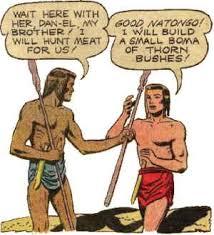

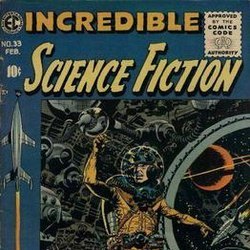

Picture 1 - Brothers of the Spear Comic (Blog Post 6)
Picture 2 - Prince Natongo (Blog Post 6)
Picture 3 - Comics Code Authority Logo (Blog Post 6)
Picture 4 - Incredible Science Fiction #33 (Blog Post 6)
Picture 5 - Black Character from “Judgement Day” (Blog Post 6)
0 notes